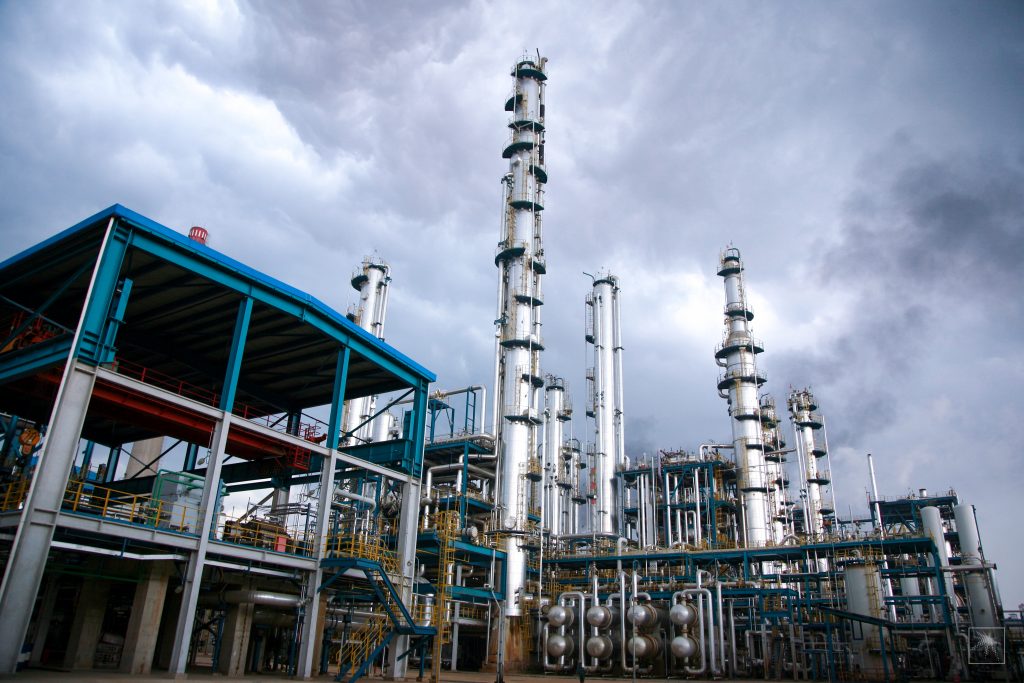São Paulo – Oil supply should outpace demand in 2019 due to a steady growth in global output. The information is part of the monthly report Oil Market Report, by the International Energy Agency (IEA) released this Wednesday (14). The IEA is a Paris-based international organization, linked to the Organisation for Economic Co-operation and Development (OECD), that operates as a political adviser to energy issues for the 30 members countries.
In the monthly report, the forecast for global demand growth remained unchanged from last month at 1.3 million barrels per day (bpd) for 2018 and at 1.4 million barrels per day for 2019, but the forecast for a demand growth of non-OECD members, which are considered the engine of expansion in world oil consumption, was revised down. The cut could be explained by the impact of higher year-on-year prices, amplified by currency devaluations and slowing economic activity. The forecast for non-OCDE countries demand was revised down to 165,000 barrels per day for 2019.
AIE stated that, in 2019’s first half, oil stocks will reach 2 million bpd. The forecast was based on the outlook of oil output from countries that aren’t members of the Organization of Petroleum Exporting Countries (OPEC), the decline in global demand, and assuming flat OPEC production.
Oil output has been increasing across the world since the middle of this year and, meanwhile, the trade war between the USD and China threatens global economic growth. Since the beginning of October, the price of the oil tumbled 25% to below USD 70 per barrels, the lowest value in eight months, which could boost a demand supply, according to the report.
Forecasts for the increase in oil output in non-OPEC members went up to 2.4 million barrels per day in 2018 and 1.9 million in 2019. The previous forecast was of 2.2 million this year and 1.8 million pbd next year.
The report forecasts that the United States should lead output growth, with total US oil supply growing by 2.1 million bpd this year, and another 1.3 million bpd in 2019, rising the current record of over 11 bpd. Russia and Saudi Arabia also hit record high outputs.
OPEC crude oil output rose by 200,000 bpd in October, totaling 32.99 million bpd, an increase of 240,000 bpd over the same period of the previous year, since the losses of 400,000 bpd from Iran – due to sanctions imposed by the US against the Iranian economy, reinstated in August after three years of being lifted – and of 600,000 bpd from Venezuela, due to a deep economic and social crisis, were offset by output growth in other countries such as Saudi Arabia and the United Arab Emirates.
The report believes that the oil global demand depends increasingly less of OPEC oil stock, due to the constant growth of oil stocks of non-OPEC members. IEA revised down its forecast for OPEC crude oil demand by 300,000 bpd, totaling 31.3 million bpd in 2019.
OCDE members oil stocks increased by 12.1 million barrels in September, totaling 2.875 billion barrels, with stocks growing by 58.1 million barrels in Q3, or 630,000 bpd, the highest growth since 2015.
Countries
The 30 IEA members countries are Germany, Australia, Austria, Belgium, Canada, South Korea, Denmark, Slovakia, Spain, United States, Estonia, Finland, France, Greece, Netherlands, Hungary, Ireland, Italy, Japan, Luxembourg, Mexico, New Zealand, Norway, Poland, Portugal, United Kingdom, Czech Republic, Sweden, Switzerland and Turkey.
The 36 OCDE member countries are the IEA members plus Chile, Israel, Slovenia, Iceland, Latvia and Lithuania.
The 15 OPEC member countries are Angola, Saudi Arabia, Algeria, Congo, Ecuador, United Arab Emirates, Gabon, Equatorial Guinea, Iran, Iraq, Kuwait, Libya, Nigeria, Qatar and Venezuela.
Translated by Sérgio Kakitani




